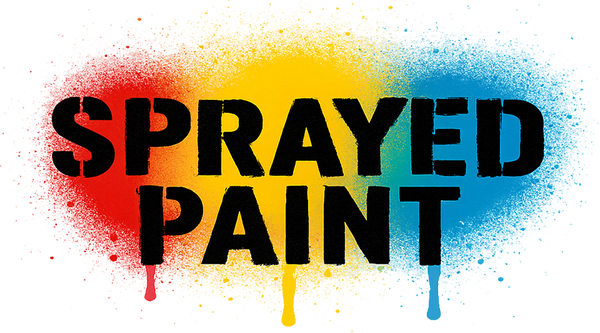Artwork Description
Friend Face 84 Original Oil Painting by Peter Keil , a Kind Artwork on Masonite Panel by The Wild Man of Berlin, a Famous Contemporary Artist.
1984 Signed by Peter Keil & Dated Oil Painting on Masonite Panel Original Artwork Size 24x24. All of Peter Keil's Art Used Thick Paint & Some Paint Flaking May Be Present Due to the Age and Nature of His Work. Painting of Face of Blad Man in Red & Yellow.
Exploring "Friend Face '84" by Peter Keil
"Friend Face '84" by Peter Keil, the distinguished artist also known as "The Wild Man of Berlin," is an original oil painting that encapsulates the vibrant energy and raw emotion that define his body of work. Signed and dated in 1984, this piece represents Keil's fearless approach to color and form, embodied on a 24x24-inch Masonite panel. The painting explores facial expression, depicted through a bold juxtaposition of red and yellow. In line with Keil's signature style, the paint is applied in thick layers, contributing to the tactile experience of the artwork. Over time, these layers may have developed some flaking, a natural testament to the work's age and the organic nature of the materials used. The subject, a bald man's face, is portrayed in a fragmented style that reflects the visual language of Street Pop Art and graffiti Artwork. The use of contrasting colors not only delineates the features of the face but also communicates a deeper psychological landscape, characteristic of Keil's approach to portraiture. The artwork conveys a sense of intimacy and familiarity, suggesting that the subject may be a personal acquaintance of the artist, captured through the dynamic lens of Keil's artistic vision.
Artistic Merits of Keil's Technique in "Friend Face '84"
In "Friend Face '84," the merits of Keil's technique are evident in the lively interplay of color and the expressive contours that define the composition. The choice of Masonite as a substrate is a testament to Keil's preference for sturdy materials that can endure the weight of his heavy impasto technique. Like much of his work, this painting goes beyond the visual narrative, engaging the viewer through a rich palette and the palpable energy of the brushstrokes. The flaking paint, indicative of the piece's history, adds an element of temporal beauty, echoing the urban decay often celebrated in graffiti art. Keil's work embraces the beauty found in the imperfections and the passage of time, much like the ethos of street art, which often finds poignancy in the ephemeral nature of its creations. "Friend Face '84," therefore, is a visual feast and a historical artifact that carries the marks of its existence.
The Legacy of "Friend Face '84" Within Pop and Street Art
The legacy of "Friend Face '84" is significant within the context of pop and street art. It represents Keil's contribution to the evolving dialogue between established art forms and the burgeoning street art movement of the time. The painting manifests Keil's ability to translate the spontaneity and authenticity of street art into the permanence of oil on Masonite. This piece exemplifies how traditional artistic mediums can be infused with the spirit and energy of contemporary movements, bridging the gap between disparate creative worlds. Keil's "Friend Face '84" is a powerful reflection of the artist's influence on modern art, particularly in how it challenges and expands the boundaries of how art is perceived and experienced. The painting is a vibrant example of Keil's innovative style, which inspires new generations of artists to explore and embrace the rawness and immediacy of street-inspired art within their practice. "Friend Face '84" is a significant work that captures the essence of Peter Keil's approach to art, characterized by a bold use of color, an embrace of the textural possibilities of paint, and a celebration of the imperfect and the transient. The painting serves as a poignant reminder of the enduring nature of Keil's work and his status as an influential figure in contemporary art. As this piece continues to engage and resonate with audiences, it secures Keil's place in the narrative of art history as an artist who masterfully combines the sensibilities of Street Pop Art and graffiti Artwork with the depth and complexity of traditional painting techniques.

